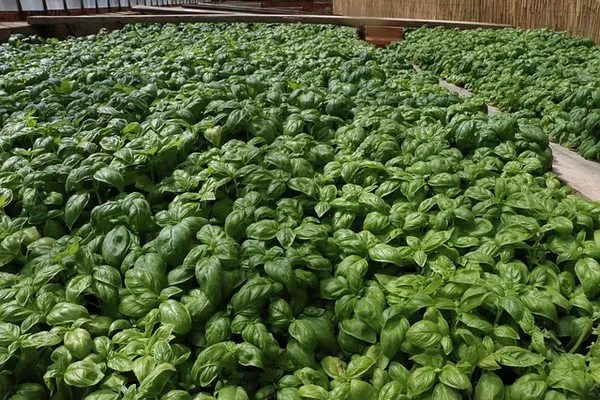Scientists at the University of Delaware are making remarkable strides in understanding how plant cells communicate, much like traffic signals, to perform essential functions such as photosynthesis, growth, and defense against viruses and pathogens. This groundbreaking research revolves around plasmodesmata, minuscule channels that serve as communication conduits among plant cells, allowing signals to traverse from cell to cell. These signals play a crucial role in regulating processes like photosynthesis and combatting threats to plant health, including invasive fungi like myrtle rust.
In particular, the focus of the study is on the protein regulator PDLP5, recognized for its pivotal role in plant defense mechanisms. However, a fundamental question perplexed researchers: how do these protein regulators find their destination to fulfill their purpose within plant cells?
The interdisciplinary research team from the University of Delaware developed machine-learning algorithms and introduced mutations into the protein sequence of PDLP5. The objective was to investigate whether PDLP5 could still reach plasmodesmata in various plant species, such as Arabidopsis thaliana and Nicotiana benthamiana, even after modifications were made to its genetic code.
The team’s discoveries were astonishing. Despite previous assumptions, PDLP5 was found to possess not one but two distinct targeting signals, which researchers likened to “zip codes.” Moreover, these targeting signals were unexpectedly located outside of the plant cells.
Dr. Jung-Youn Lee, a professor of plant molecular and cellular biology, emphasized the significance of this revelation: “It is almost like you have a zip code hidden on an unusual side of the envelope. We did more than just locate the zip code; we cracked the code. Now, we understand where the zip code is and what it looks like.”
The research had initially aimed to unravel the mechanisms of plant cell-to-cell communication and the functions of proteins associated with plasmodesmata. However, it led to a deeper understanding of the complexity of protein regulation within plant cells. The discovery of these “zip codes” opens up new possibilities for manipulating plant cells’ defense mechanisms and enhancing their ability to combat pathogens and viruses.
Researchers anticipate that this knowledge will help in the genetic engineering of crops with the capacity to respond swiftly to microbial threats, ultimately improving agricultural productivity. This newfound understanding of plant cell communication serves as a valuable toolbox for scientists working to enhance plant function.
Dr. Lee emphasized that the research will continue, with further exploration of how protein signals are employed within plant cells. Similar to how a package delivery system relies on zip codes for efficient delivery, researchers aim to comprehend the complete “delivery system” in plant cells, identifying all the proteins involved and any as-yet-unknown factors. This comprehensive understanding will enable scientists to devise strategies for enhancing plants’ ability to recognize and repel invaders effectively.
The implications of this research extend beyond fundamental biology and hold significant promise for future agricultural innovations, with the potential to bolster plant health and productivity.


